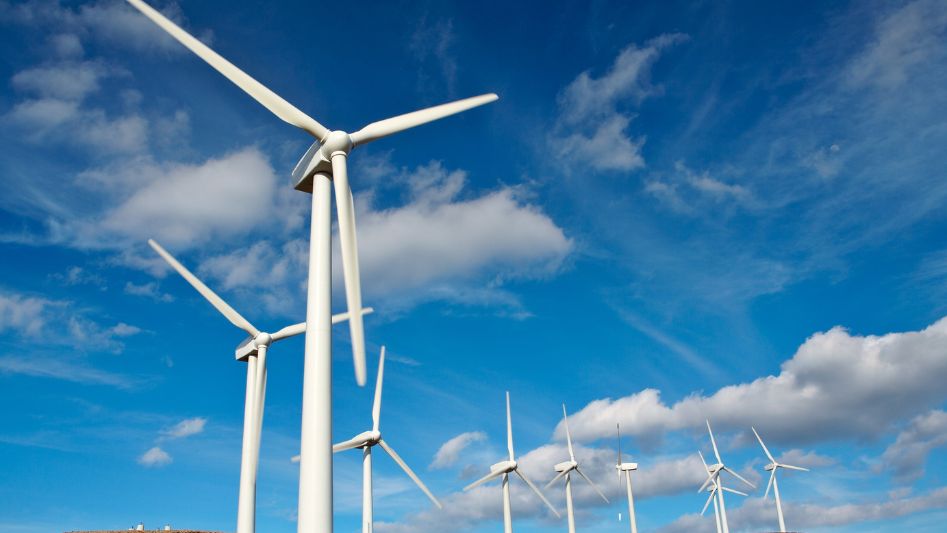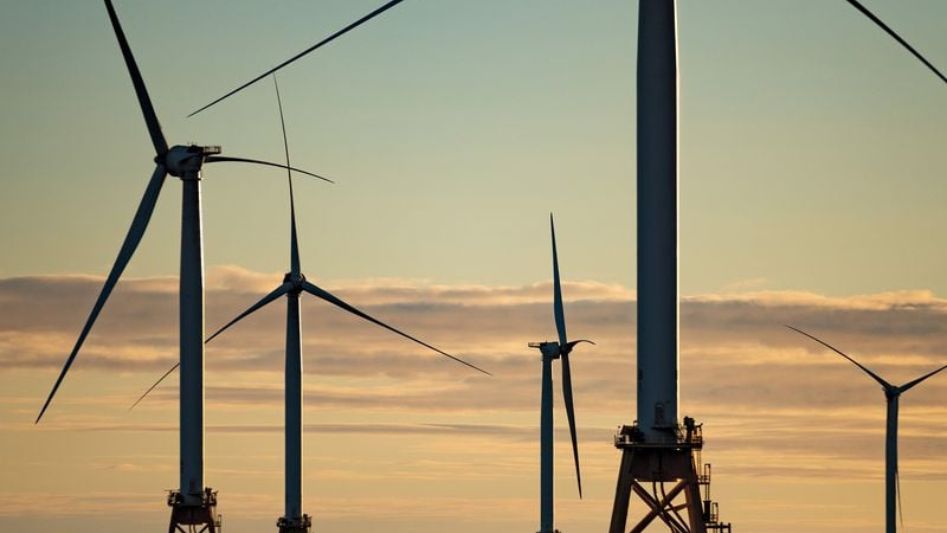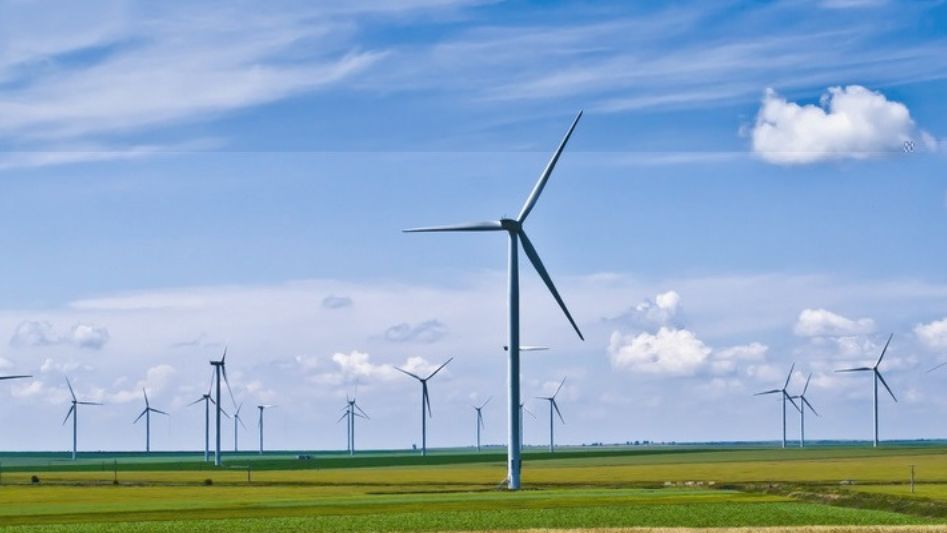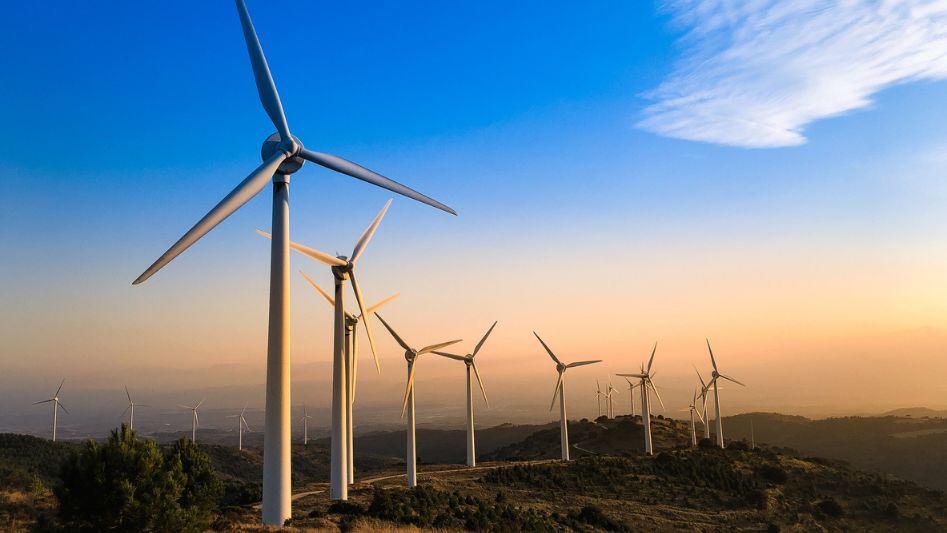Wind energy has emerged as a leading contender in the race towards sustainable and clean energy sources. Wind turbines, with their graceful spinning blades, have become iconic symbols of renewable energy generation. However, the efficiency and effectiveness of wind turbines heavily depend on one critical factor: their placement. The art and science of wind turbine placement involve a careful consideration of various factors to harness the power of the wind optimally.
Table Of Content
We invite you to read: “Wind Turbine Technology: A Deep Dive into Blade Designs and Materials”

Harnessing the Power of the Wind
Wind energy has gained tremendous popularity due to its eco-friendly nature and potential to reduce greenhouse gas emissions. Wind turbines convert kinetic energy from the wind into electrical power, making them a vital component of the clean energy revolution. But not all locations are equally suitable for wind energy generation. To find the perfect windy spot, one must combine the art of observation with the science of meteorology.
The Wind Resource Assessment
The first step in wind turbine placement is conducting a thorough wind resource assessment. This process involves collecting data on wind speed, direction, and variability over an extended period. Meteorological instruments like anemometers and wind vanes are deployed at potential wind farm sites to gather this crucial data. Understanding the local wind patterns is essential for making informed decisions about turbine placement.
The Influence of Geography
Geography plays a significant role in wind turbine placement. Certain geographical features, such as hills, valleys, and coastlines, can significantly impact wind patterns. Turbulence caused by these features can decrease the efficiency and lifespan of wind turbines. Consequently, choosing a location that minimizes turbulence and maximizes the consistent flow of wind is essential.
We invite you to read: “Economic and Environmental Impacts of Offshore Wind Turbines”

Wind Turbine Height and Rotor Diameter
The height of a wind turbine’s tower and the diameter of its rotor blades are critical factors that influence energy generation. Wind speeds tend to increase with altitude, which is why taller turbine towers are often preferred. Additionally, larger rotor blades capture more wind, allowing for greater energy production. However, taller towers and larger blades also come with increased construction costs and maintenance requirements, making it essential to strike a balance between these factors.
Environmental Considerations
Wind turbine placement must also take environmental considerations into account. The potential impact on local wildlife, especially birds and bats, needs to be assessed. Furthermore, the visual impact on the landscape and the potential noise generated by wind turbines should be considered when selecting a location. Sustainable placement practices involve finding a compromise between energy generation and minimizing environmental disruption.
Economic Viability
The financial aspect of wind turbine placement is perhaps the most critical consideration. Developing a wind farm involves significant upfront costs, including the purchase and installation of turbines, infrastructure, and land acquisition. To ensure a viable return on investment, it is essential to select a location that offers a reliable and consistent wind resource. Various financial models and cost-benefit analyses are employed to determine the economic feasibility of a wind energy project.
Regulations and Permits
The regulatory landscape for wind energy varies from region to region. Before commencing any wind turbine installation, developers must navigate through a maze of permits, environmental impact assessments, and zoning regulations. Working closely with local authorities and communities is essential to secure the necessary approvals and ensure that the project complies with all legal requirements.
We invite you to read: “6 Steps for DIY Solar Panels: Installation Guide”

Conclusion
Wind turbine placement is an intricate dance between science and art, balancing the technical aspects of wind energy generation with the environmental, economic, and regulatory considerations. Finding the perfect windy spot is crucial for maximizing energy production, reducing carbon emissions, and advancing the transition to a sustainable energy future. As technology continues to evolve, and our understanding of wind patterns deepens, the art and science of wind turbine placement will continue to play a pivotal role in harnessing the power of the wind to drive a cleaner, greener world.
FAQs
What factors influence wind turbine placement?
Key factors include wind speed and direction, geography, tower height, rotor diameter, environmental considerations, economic viability, and regulatory requirements.
How do I assess the wind resource at a potential site?
Conduct a wind resource assessment using anemometers and wind vanes to collect data on wind patterns over an extended period.
What role does geography play in wind turbine placement?
Geography affects wind patterns, with features like hills and coastlines impacting turbine efficiency. Choosing a location with minimal turbulence is crucial.
Are there environmental considerations when placing wind turbines?
Yes, minimizing the impact on wildlife, addressing visual aesthetics, and managing noise pollution are essential environmental considerations.
How can I determine the economic viability of a wind energy project?
Employ financial models and cost-benefit analyses to assess upfront costs, potential returns, and long-term profitability.
You May Also Like
- Solar Panels vs. Wind Turbines: Which Renewable Energy Source Wins?
- Wind Energy Unleashed: Unraveling the Technology Driving Wind Turbine Power
- Sunlight to Kilowatts: Unveiling the Science Behind Solar Panels
- Economic Winds of Change: How Wind Turbines and Solar Panels Affect Local Economies
- Future-Proofing Energy: The Role of Wind Turbines and Solar Panels in Climate Resilience

